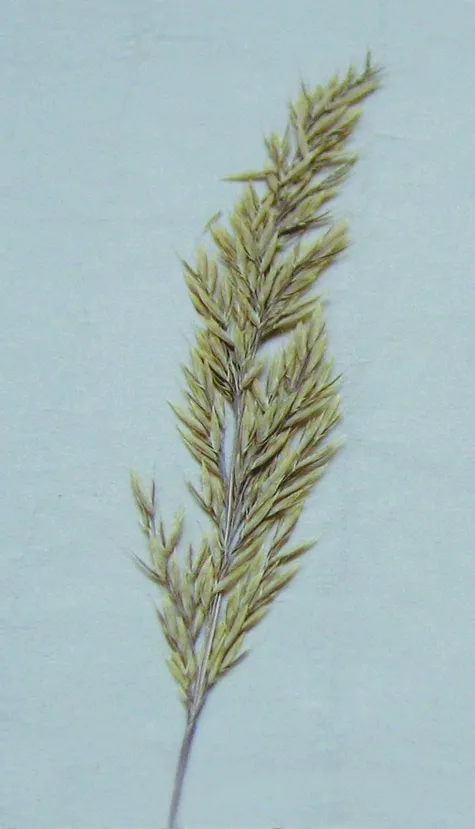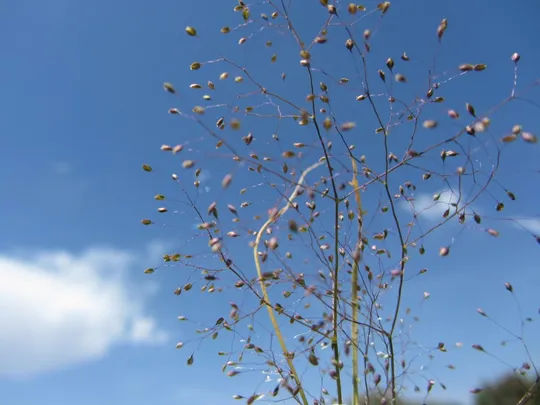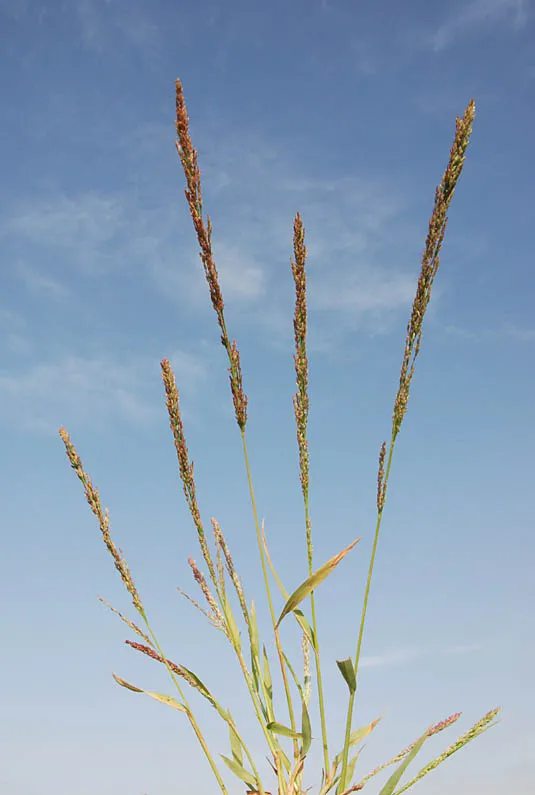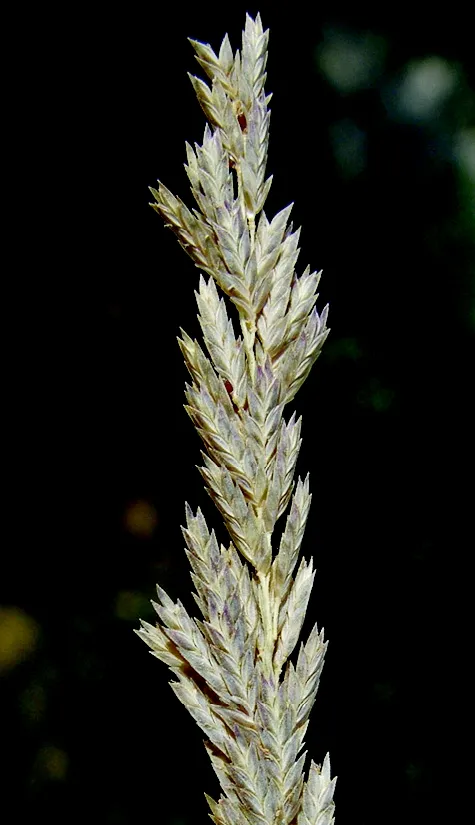Stiff Sand-grass, Sea-fern Grass
Catapodium marinum
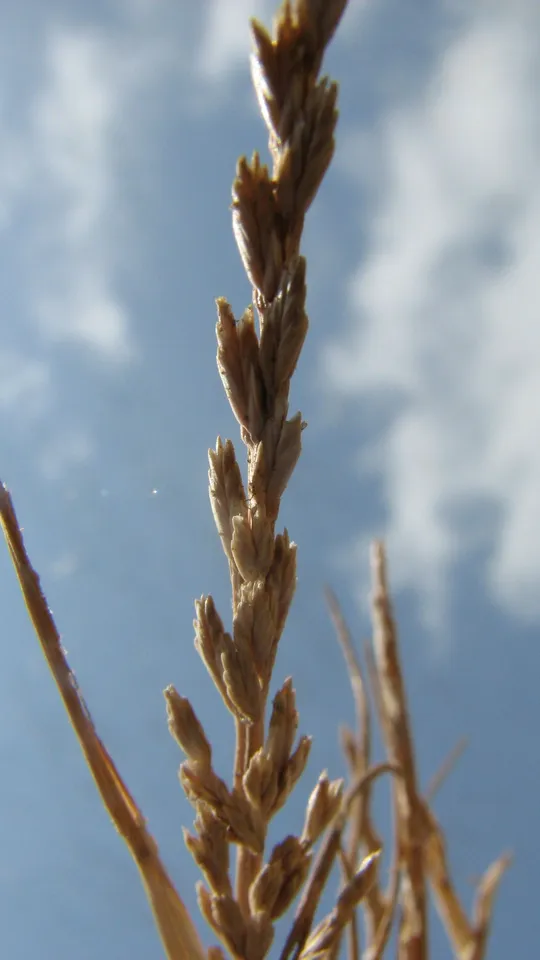
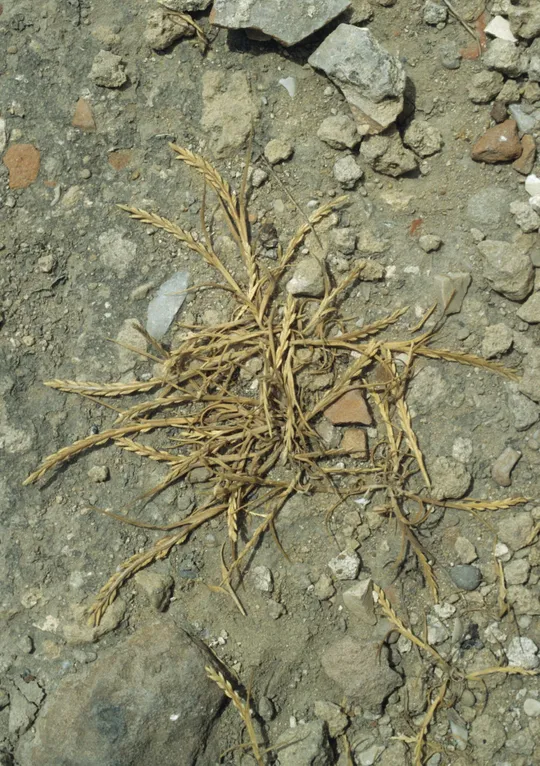
Catapodium marinum
grows on beaches in three regions on the coastal plain: the Acre Valley, Carmel
Coast and the Sharon. Today it is known from eight sites, but according to
estimates there are about 12. The largest populations are located in the Acre
Valley, in the Akhziv-Rosh HaNikra section. In this region, C.
marinum was once collected in Acre, but has not been
found there in recent years. On the Carmel Cosast, C.
marinum grows on the HaBonim Beach, and was also
collected from the Dor Beach in 1987 by Avinoam Danin, but has not been found there
since. Its southernmost site is ancient Caesarea in the northern Sharon. The
identity of a single specimen from the Judean Mountains is questionable and it
appears to have been a stunted specimen of C. rigidum. It was also found on February 20, 1982 on the Yamit shore
in northern Sinai during a Rotem advanced study course.
Catapodium marinum
grows on calcareous sandstone on the coastal spray zone. In the Rosh HaNikra-Akhziv
section, it appears in deep recesses on calcareous sandstone, mainly on north
or west-facing slopes that are alternately flooded in winter. It does not
appear in sandy areas or on exposed calcareous sandstone. In Caesarea is
located in the soil of the moat and on the floors of ancient rooms.
Catapodium marinum
is one of the groups of genera and species in the Gramineae
(Poaceae) family that is very difficult to classify, and researchers are unsure
regarding their taxonomic
structure. Other genera in this group include Cutandia, Catapodium,
Vulpia and Loliolum. The distinguishing character between the genera
is the structure of the inflorescence whether it is a spike or panicle
(branched raceme). Thus, the Loliolum species have spikes and Catapodium
species have panicles, but in the field, there are transitional populations regarding
this feature. Alexander Eig gave C. marinum the status of a distinct monotypic
genus – L. subulatum. He collected specimens from the coastal sands in
Caesarea and in Acre. The genus Catapodium has only one other species in Israel
– C. rigidum,
which is extremely common throughout Israel. It has a bright green hue, an
elongated lower pale and a panicle-shaped inflorescence (branched mainly in its
lower section).
·
Catapodium marinum is extremely rare and grows at a small number of sites
in the northern regions of the coastal plain. It is now extinct from several
sites from which it had been collected or observed in the past. However, there
is a possibility that C. marinum may grow at these sites, but has not been
found, as it is difficult to locate it because of its small size and inconspicuousness.
·
On the sites where C. marinum was observed, the population sizes are estimated at
thousands of plants scattered over areas of 10-30 hectares.
·
C. marinum grows in a very vulnerable habitat in which extensive
tourist activity takes place.
·
C. marinum is protected in the Rosh HaNikra and Dor-HaBonim beach
reserves.
·
C. marinum is common in coastal habitats broadly distributed throughout
Europe and the Middle East, but does not appear in most of these countries' red
books. However the increasing pressure on the Mediterranean coasts may cause
the situation to deteriorate.
·
C. marinum is an important example of the conflict and
the complexities regarding the declaration of red species and their
conservation. Globally it is not an endangered species and is considered a noxious
weed and perhaps even an invasive species. In Israel, on the other hand, it is
an endangered plant. There is a conflict between global priorities versus the
interest of each country in maintaining its biological diversity, regardless of
the abundance of plants outside its borders.
Additional surveys should be conducted on
coastal beaches in order to find more Catapodium
marinum sites. The currently
known populations in the Akhziv-Rosh HaNikra area and Caesarea should be
monitored. Since C. marinum seeds germinate easily, they should be propagated in
refuge gardens to create a backup for the wild populations.
Catapodium marinum
has a relatively broad distribution in Europe and the Middle East in temperate
areas near coastal beaches. It grows in all the European countries, in North
Africa, in the Canary, Azores and Madeira islands and on the coastal beaches of
the Middle East. Outside Israel C. marinum was also described from England, the western Mediterranean Basin, and
the Atlantic coast and is probably found in Australia. C. marinum is a weed that invades disturbed habitats.
Catapodium marinum is a small grass in the Poaceae
family that grows on
calcareous sandstone in the spray zone in northern coastal regions. It is a rare
plant that grows in a small number of sites, in a vulnerable coastal habitat. C. marinum is a peripheral species and Israel is the
southern limit of its range, but apparently, it is not yet globally endangered.
Current Occupancy Map
| 1000 squre meter pixel | 5000 squre meter pixel | 10000 squre meter pixel | |
|---|---|---|---|
| number of observations | 0 | 0 | 0 |
| in total pixels | 0 | 0 | 0 |
| Family | Gramineae |
| Classification | On the endangered species list |
| Ecosystem | Coastal Mediterranean |
| Chorotype | Mediterranean |
| Conservation Site | Akhziv Beach, Caesarea |
| Rarity |
1
3
6
|
|---|---|
| Vulnerability |
0
2
4
|
| Attractiveness |
0
0
4
|
| Endemism |
0
0
4
|
| Red number |
1
3.2
10
|
| Peripherality | N |
| IUCN category | DD EW EX LC CR EN VU NT |
| Threat Definition according to the red book | Vulnerable |
 Based on:
Based on:
